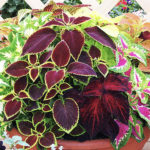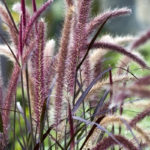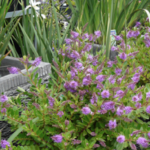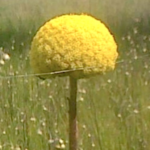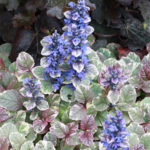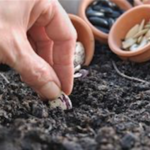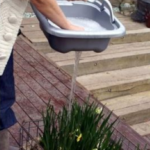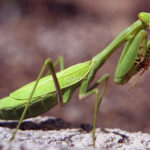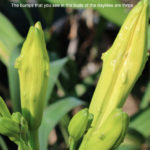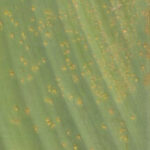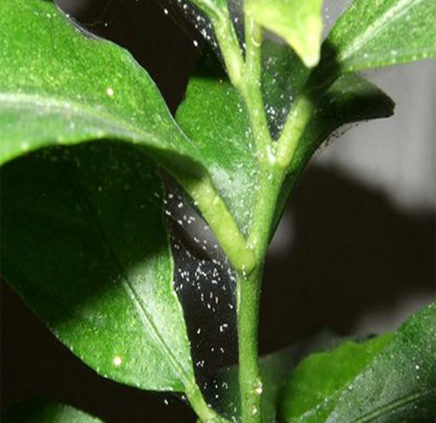
Red Spider Mites Organic Control
Spider Mites How to control and Treat Red Spider Mites?
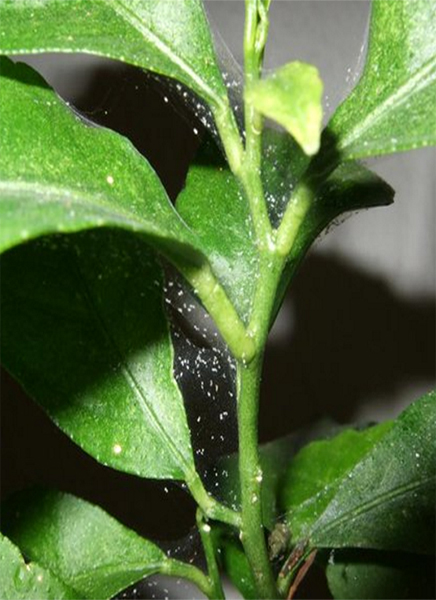 Spider mites are tiny arachnids which attack the indoor and outdoor plants. The adult mites are pale or reddish brown in colour and are oval shaped and are only 1/50th of an inch by size. Large colonies can be identified by the presence of fine webs. The host plants include ornamental flowers, beans, tomatoes, strawberries, melons, eggplant, etc. This pest is common in hot and dry areas. It is difficult to see the mites with the naked eye. They are passed on to other plants in the outdoor and indoor garden by wind, pets and humans. It is necessary to dispose of the infested plant to protect the other plants in your garden.
Spider mites are tiny arachnids which attack the indoor and outdoor plants. The adult mites are pale or reddish brown in colour and are oval shaped and are only 1/50th of an inch by size. Large colonies can be identified by the presence of fine webs. The host plants include ornamental flowers, beans, tomatoes, strawberries, melons, eggplant, etc. This pest is common in hot and dry areas. It is difficult to see the mites with the naked eye. They are passed on to other plants in the outdoor and indoor garden by wind, pets and humans. It is necessary to dispose of the infested plant to protect the other plants in your garden.
How do Spider Mites Damage Plants?
These mites form colonies on the underside of the leaves and feeds on the plant tissues by piercing it and suck out the plant fluids. As the spider mites continue to feed on the plants, the leaves start to turn yellow and dry up completely. The spider mites attack the leaves and prevent the chances of proper transpiration by the plant from closing the stomatal pores on the underside of the leaves. The regulation of moisture gets affected by the web formed by the mites and transpiration is an important process to keep the plant alive. Leaves attacked by these mites will become dry, discoloured and brittle. Even minor infestation can reduce the productivity of the plant greatly.
Spider Mites Control
You need to know about the life cycle of the spider mite, to control the pest using appropriate methods. After mating, the female mites produce more than 300 eggs within 10-14 days. The growth of newly hatched mites is very faster during hot and dry conditions. They can become adults just within 5 days when the temperature is favourable. Many generations are produced in a year. Here are methods to control spider mites.
- Prune the infested plant parts and discard them in the trash. Pull out and discard the entire plant to prevent spreading.
- You can use beneficial insects such as lacewing, lady bugs or predator mites to control the low and medium infestations.
- Botanical insecticides and neem oil are effective in major infestations.
- Spray water on the leaves using a high pressure hose during early mornings for at least 3 days to remove their webs.
- Washing and wiping the indoor plants regularly is the ideal way to keep out the mites from indoor plants.
- You can also use plant based miticides like pyrethrum, homemade horticultural oil sprays or neem oil made from the neem tree.
- Remove the weeds and debris around the plant so that you don’t provide hiding places for the spider mites.
Red Spider Mites Home Remedy
If you find plants infested with spider mites, you can isolate the plant. You can increase the humidity and moisture level around the plant to prevent faster spreading of this pest. Mist the plant with cold water or apply peat moss on the soil to increase the humidity and moisture. The mites cannot reproduce in wet and humid conditions. Spraying the plant with a mixture of alcohol and water in the ratio 1:1 is a good remedy to kill the red spider mites. You can spray homemade miticide made by boiling crushed garlic in water and mixing liquid dish wash into it on the underside of infected plants to get rid of the mites.
What Plants Do Spider Mites Like
They may spread to various types of plants, even daylilies in drought conditions if you forget to water them. Spider mites will also attack desert rose plants if grown in poor conditions. Spider mites will also feast on rose leaves during warm weather.
Are Spider Mites Hard to Get Rid Of
Due to their dislike of moisture, spider mites are easily eradicated with the use of spraying. However, if I notice spider mites, I immediately begin using insecticidal soap, which completely kills and gets rid of the pests.
How to Prevent Spider Mites
Spider mites attack stressed plants. Water plants regularly as spider mites thrive in dry environments. Use nutrient-rich soil and feed plants seasonally. Check your plants are getting adequate sunlight. Prevent pest infestations by monitoring for early symptoms shown here in the picture.


